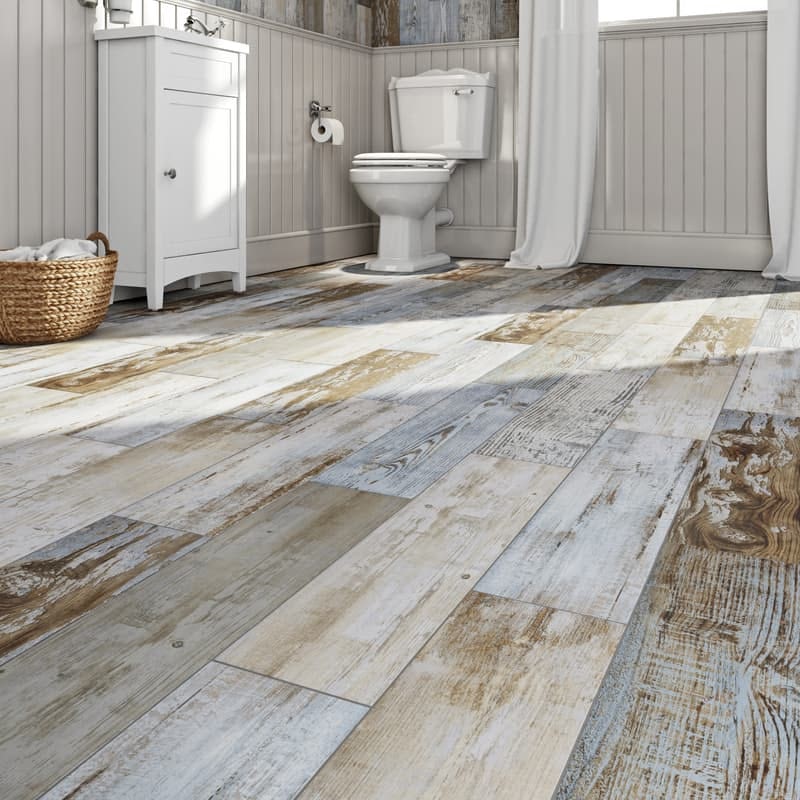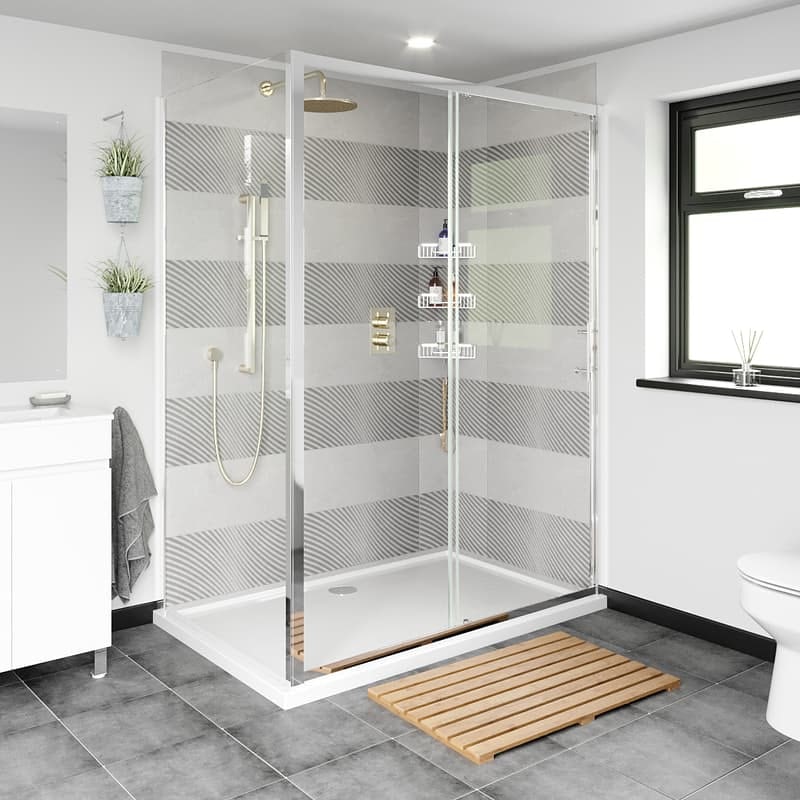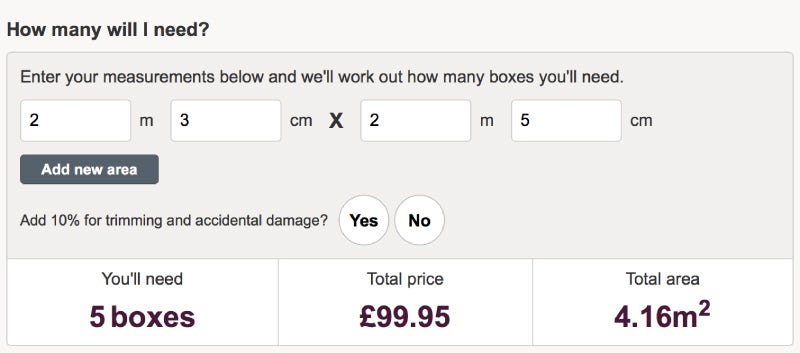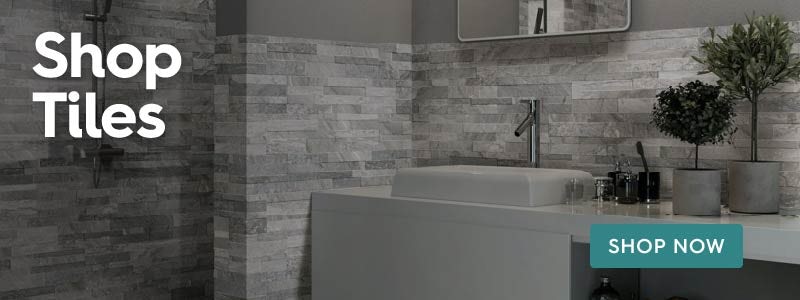Unless you're a professional decorator or bathroom installer, buying tiles for your home certainly isn't something you will do on a regular basis.
So, when the time comes to finally renovate your bathroom, kitchen or even your bedroom, there are many questions you're bound to want answering.
To save you time and money, we've supplied the answers to some of the most common questions we get asked about tiles.
Click on any of the links below to jump straight to a question.
- Which tiles are best for a bedroom?
- Which tiles are best for flooring?
- What tiles do I need for underfloor heating?
- Which tiles are best for a small bathroom?
- What tiles should I use in a shower enclosure?
- What tiles should I use in a wet room?
- How do I know how many tiles to buy?
- When ordering tiles how much extra should I buy?
Which tiles are best for a bedroom?
The use of tiles is no longer confined to the bathroom or kitchen, but they are also being used in other areas of the home. In the bedroom, tiles look great used as part of a feature wall behind your bed.
The best tiles to use for your bedroom are tiles that are strong in colour or contain interesting designs that really make your wall stand out. Another popular trend is to use metro tiles, which helps to incorporate a taste of the London underground into your bedroom.
Which tiles are best for flooring?
When tiling any surface you need to consider how it will be used and when choosing floor tiles this is no different. Following a bath or shower, your bathroom floor is likely to become slippery, so choosing a tile with a textured surface is important.
In terms of design, plain or natural designs tend to work well on flooring, so choose from ranges such as our Langley, Kielder and Ontario tiles, which feature wood and stone effect designs that are perfect for tiling a bathroom floor.
Wood effect tiles, like these from our Basswood range, look great when used on floors
What tiles do I need for underfloor heating?
If you’re looking for tiles to use with underfloor heating, the same rules apply as if you're searching for standard floor tiles. Choose textured tiles to give you more grip when the floor is wet and we also recommend larger tiles, as this means less grout, which doesn’t conduct heat as well as the tile itself.
Which tiles are best for a small bathroom?
Small tiles are often considered the best option for a small bathroom and although this can sometimes work, smaller tiles create more grout lines and can look cluttered. You should also try to avoid busy designs.
Large plain tiles can help to create the illusion of extra space in a compact bathroom and a small amount of tiles will cover a large amount of space quickly. It also means there will be fewer tiles you need to cut, when fitting them around awkward spaces.
You can find more small bathroom tile ideas at VictoriaPlum.com.
What tiles should I use in a shower enclosure?
The type of tile you need in your shower depends on whether you’re tiling the floor or wall. If you’re creating wet room effect and are tiling your floor then choose textured tiles to give you extra grip on the wet floor.
When choosing tiles for your shower wall, there are a number of options that can work. Large tiles look great and are easier to clean as there is less grout. Using tiles with a stylish design in your shower enclosure against a neutral design on the outside creates a stunning contrast and turns your shower into a centrepiece.
Patterned tiles can be used to create an exciting backdrop to your shower enclosure
What tiles should I use in a wet room?
In a wet room it is especially important to use tiles that have some texture as the floor of the whole room is used as the shower tray and will typically be very wet. Using a tile with a smooth surface may be too slippery.
How do I know how many tiles to buy?
As long as you know the dimensions of the walls or floor that you are tiling, you can work out the amount of tiles that you need. A standard tile calculator will work out the number of tiles or boxes required, taking into account the spacing for grout. You can also choose to add an additional 10% to account for breakage.
All of our tile product pages feature a tile calculator, like the one shown below.
When ordering tiles how much extra should I buy?
When you are placing a tiles order, you should buy an additional 10% on top of what you expect you use. This can account for errors in measurement, breakages and spares for any future issues. Most tile calculators will give you the option to add the additional 10%.
More tile advice
Couldn't find an answer to your question above? Click on any of the links below to find more helpful advice:
- Bathroom tiles advice
- How to tile
- Ask the experts: Should I fit the toilet before or after tiling the floor?
- Ask the experts: Can I tile over old tiles?
- 4 need to know tiling tips
If you still can't find the answers to your tiling questions, speak with us on LiveChat and we'll do our best to help you.
Shop tiles
Find exactly what you're looking for with our new and expanded tile range, featuring well over 200 stylish designs. Click on the image below to begin browsing.







